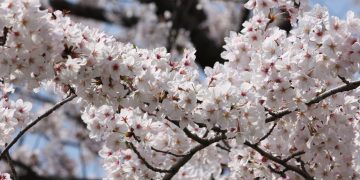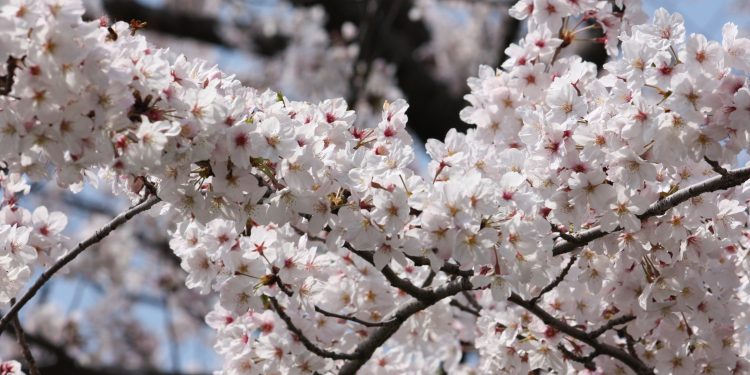#SweetCherryProduction #HighDensityOrchards #SizeControllingRootstocks #PlanarOrchards #MechanizedHarvest #TreeFruitPhysiology
Explore the remarkable transformation of sweet cherry production, driven by new varieties, size-controlling rootstocks, and advancements in physiological knowledge. Michigan State University tree fruit physiologist Greg Lang’s research and expertise have played a crucial role in optimizing high-density cherry systems for success. Discover the impact of dwarfing rootstocks, the concept of planar orchards, and the potential for fully mechanized harvests in the sweet cherry industry.
Over the past quarter-century, the landscape of U.S. tree fruit production has undergone significant changes. While tart cherry, peach, and nectarine production declined, sweet cherry production has flourished. Michigan State University professor Greg Lang, a renowned tree fruit physiologist, attributes this success to the “radical transformation” that the sweet cherry industry has experienced.
Lang’s research has focused on understanding the growth habits of cherry trees and developing strategies to harness their vigorous growth into more compact architectures. This transformation has been made possible by the introduction of new varieties, size-controlling rootstocks, and a deeper understanding of the cherry tree’s physiology. As a result, sweet cherries are now closer to achieving a fully mechanized harvest than any other fresh tree fruit.
One pivotal aspect of this transformation is the development and adoption of dwarfing rootstocks, particularly the Gisela rootstock. Lang’s journey with Gisela began in 1994 when he inherited a trial planting of these size-controlling rootstocks at Washington State University (WSU). This experimental planting marked the beginning of a revolution in sweet cherry production. Unlike the traditional giant trees on Mazzard or Mahaleb rootstocks, Gisela rootstocks offered the promise of earlier fruiting, easier management, and reduced pruning requirements.
However, Lang and his colleague Matt Whiting encountered a challenge with the Gisela rootstocks. Around the fifth year of growth, the trees started to produce smaller cherries and experienced stunted growth. To address this issue, Lang and Whiting delved into the physiology of cherry trees and discovered the importance of maintaining a balance between leaf growth and fruit production. By understanding and managing the leaf-to-fruit ratio, they were able to achieve larger cherries on dwarfing rootstocks.
The adoption of size-controlling rootstocks, such as Gisela, has revolutionized sweet cherry production by enabling growers to establish high-density orchards with earlier and more abundant fruiting. The smaller tree size allows for improved orchard management, including increased planting density, enhanced light penetration, and efficient mechanization. As a result, sweet cherry acreage has expanded by 70 percent, and production has nearly doubled over the past 25 years.
Moreover, Lang emphasizes the concept of planar orchards as the future of cherry production. By creating flat and simple orchard layouts, growers can optimize resource utilization, facilitate mechanization, and enhance overall orchard management. The move towards planar orchards aligns with the industry’s pursuit of increased efficiency, productivity, and profitability.
The remarkable transformation in sweet cherry production stands as a testament to the ongoing advancements in horticultural research and the collaboration between scientists, growers, and industry stakeholders. As the industry continues to evolve, the knowledge and techniques developed by pioneers like Greg Lang will play a pivotal role in shaping the future of sweet cherry cultivation.































